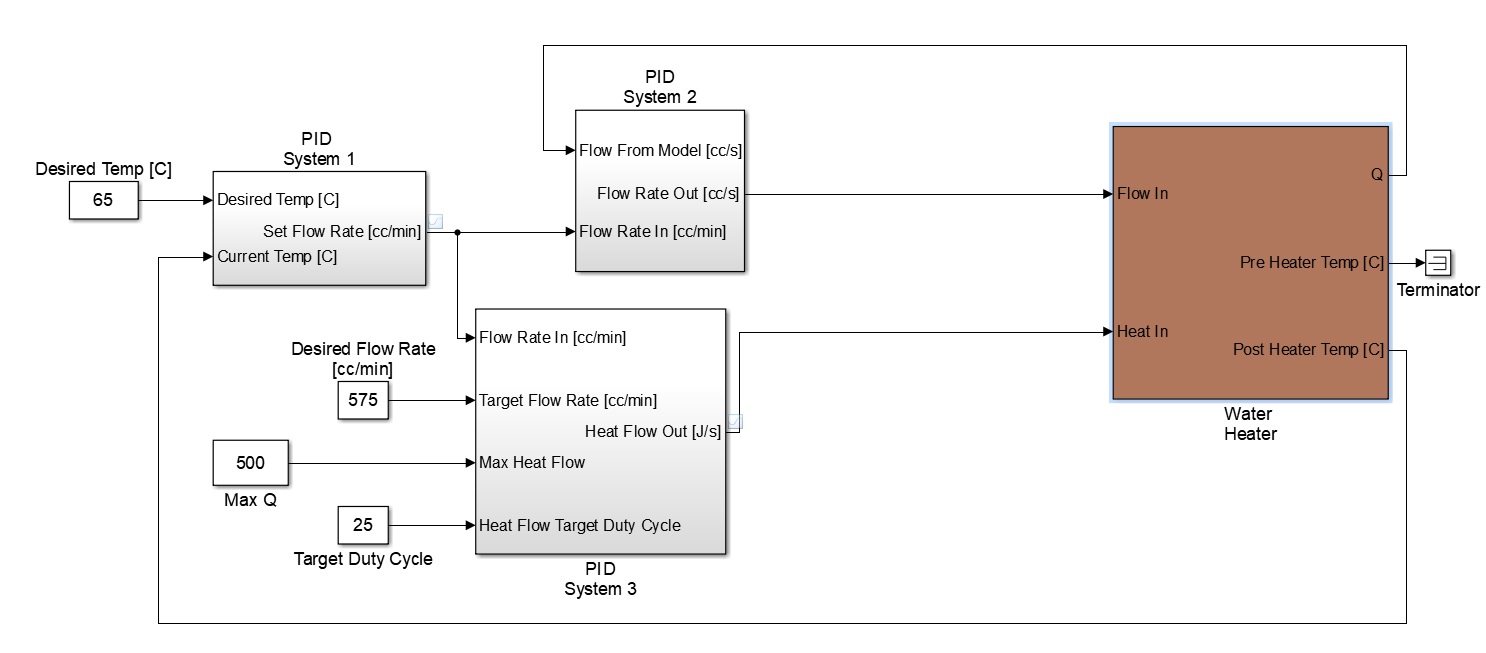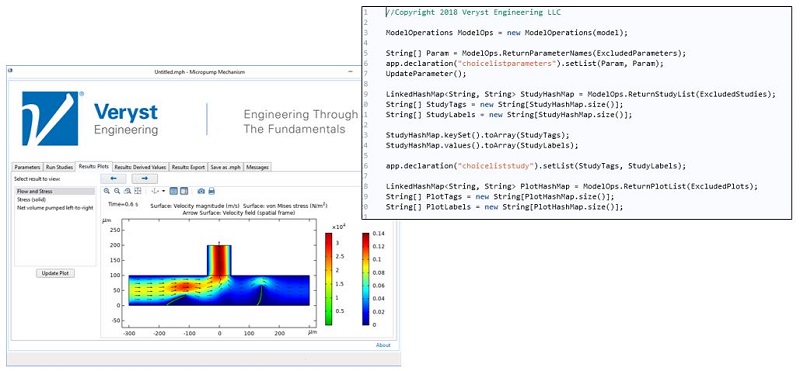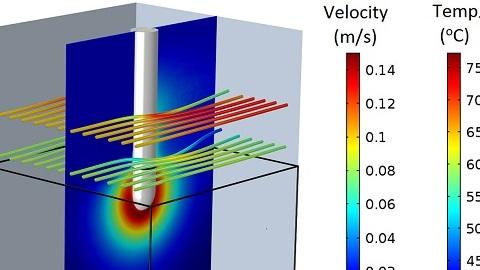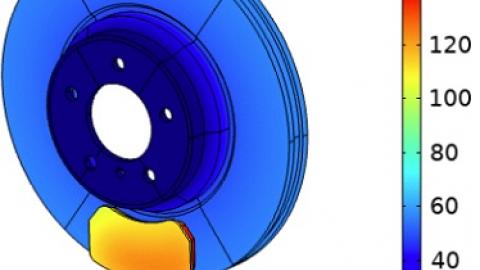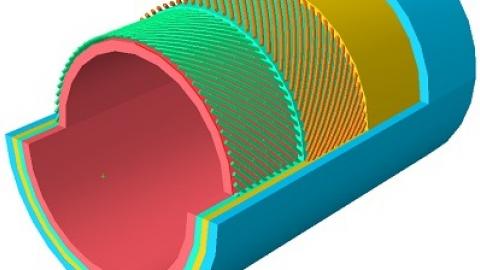With so many of our clients at the forefront of their fields, often engaged in developing cutting-edge products, we understand that out-of-the-box approaches to analyzing product or material performance don't adequately capture all the needed information. To address this issue, Veryst provides clients with customized computational solutions to model problems for which simulation tools are not currently available. These solutions include:
- developing simulation applications ("apps") that are highly customizable based on each client's needs;
- developing and calibrating customized material subroutines for specific polymers, so that clients can use these models in their finite element simulations;
- regularly adding new customized material models to the PolyUMod® user-material model library, developed by Veryst and now available through PolymerFEM.com;
- developing custom optimization algorithms;
- programming custom software in Python and Java;
- developing system-level models of clients' products or processes;
- implementing new features in commercial finite element programs. This can be in the form of user material models (UMATs and VUMATs in Abaqus, UserMat Subroutines in ANSYS, and User Defined Materials in LS-DYNA) or ordinary or partial differential equations in COMSOL Multiphysics.
In one example, Veryst developed a constitutive model of a medium density polyethylene (MDPE) in COMSOL Multiphysics. MDPE is a thermoplastic commonly used in gas piping and fittings where performance is critical, yet it cannot be modeled accurately with either hyperelastic or elastic-plastic material models. See how Veryst successfully developed a customized code in COMSOL for a more accurate material model that captures the complex behavior of MDPE.
